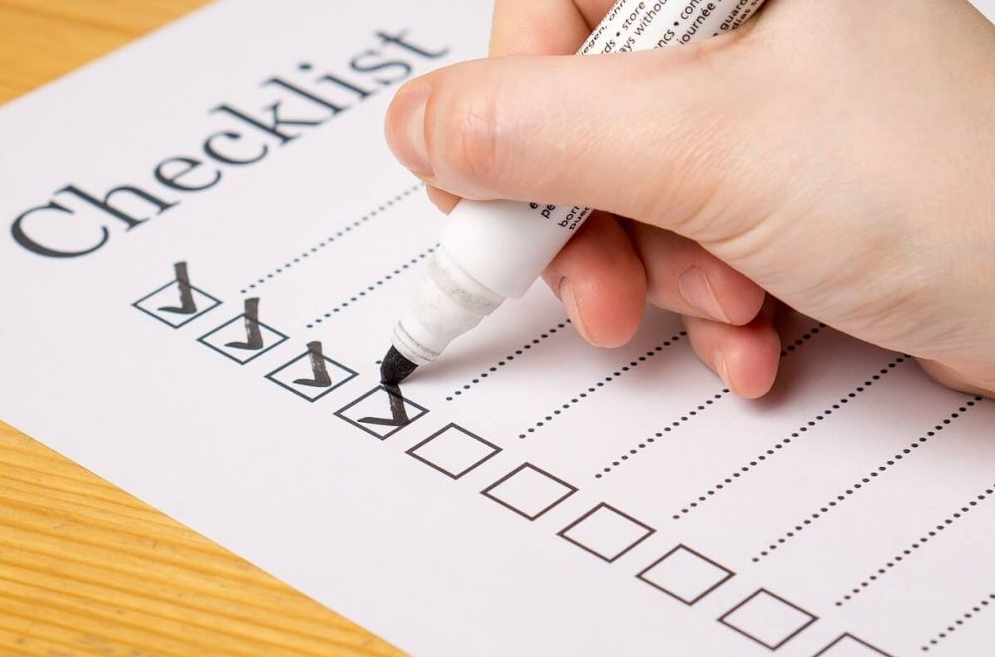So you’ve signed the Tenancy Agreement with your landlord and paid the relevant stamp duty to IRAS. You should be all set to move into the new home, but hey don’t miss out on the crucial last step you need to complete – property inspection! Do it yourself or engage a professional.
Some tenants engage a property agent to ensure these are taken care of. Sometimes Tenants question the need to use agents, well one of the reasons is in a hot rental market such as the one now in 2021 where rents have easily risen some $800-$1000 on the same unit compared to a year ago. You’ll need an agent to sieve through the mess or to get access to units before it hits the markets. Alot of units are rented out before they are even listed on propertyguru and other platforms.

Why a property inspection is necessary before you take over the house
Whether your new home comes fully furnished, partially furnished or unfurnished, a property inspection before you take over the keys from your landlord is like insurance for yourself as a tenant.
You don’t want to end up paying for some defects which the previous tenant has left behind, do you? It’s only after a thorough inspection of the house that you can have total peace of mind that the structure is safe and every piece of furniture, appliance or fixture is in the same condition as stated in the inventory list. Everything from carpets, to handles, lights, paint work and more.
While you the tenant can be responsible for minor maintenance amounts of S$200 – S$250, you’ve to make sure that the landlord is the one liable for major maintenance expenses. There could be some serious defects around the house that you’d rather the landlord take care of before you move in or existing minor ones ie: a loose window hinge/handle which you didn’t want to be blamed for later on by the end of your lease.
All of these issues can and should be sorted out through a detailed property inspection before you move in.
Walk through the whole house systematically

For example, you may want to inspect all the bedrooms first before the kitchen. If the house you’re renting has more than one storey, it’s more organised to complete inspection on one level before moving on to the next. Whatever you do, do it in an organised manner that will allow you to carefully check every corner of the house.
Important things to check during the property inspection
While not an exhaustive list, the following checklist highlights the important aspects that you should be looking out for:
- Check that everything listed in the inventory list tallies with what you find in the house. For example, if the inventory list states that there’s a TV in the living room and another one in the master bedroom, check that they’re really there during your inspection.
- Ceilings and walls: ensure that there are no obvious peeling paint or water stains on all ceilings and walls.
- Flooring: check that the flooring is in good condition and there are no chipping, cracks or scratches.
- Doors and locks: doors should be able to close precisely and locks can function properly.
- Windows and latches: check that they can open and close properly and the edges of windows are well-constructed so that there will be no seepage.
- Blinds and curtains: make sure they draw up properly and check for tears or stains.
- Furniture and beddings: note the conditions of all furniture and beddings if they’re provided by the landlord.
- Air-conditioners: you may switch on all the air-conditioners to ensure that they’re working properly. You can also request to see a copy of the servicing receipt to clearly know whether any air-conditioner servicing has been done and how long ago it has been done.
- TV, oven, dryer and other electrical appliances: switch on every electrical appliance that’s provided by the landlord to make sure that they’re in good working conditions. It’s also good to note down the brands of the various electrical appliances around the house. This is because some unscrupulous landlords may indicate a premium brand in the inventory list when in actual fact the appliance in the house is of a cheaper make and then insist the tenant pay for the premium brand by the end of the lease.
- Electrical fittings: check that all switches, sockets and power points are properly installed and can function properly.
- Lights: switch on every light to make sure that they’re working.
- Taps, basins and sinks: turn on the taps and observe for any leakage or drainage issues.
- Toilets: flush every one of them and ensure that there are no leaks or drainage problems.
- Carpentry: these include wardrobes, shoe racks, kitchen cabinets or staircase railings. Check that they’re properly installed.
List down existing problems and back up with photos
From holes in the walls, leaking basins, cracked tiles, ugly stains to faulty switches, it’s good to note down any existing problems in your inventory list and snap photos of them. This way, there will be no misunderstanding on the extent of the defect.
Sign inventory list and property handover is complete
By the end of your property inspection, print out the inventory list and relevant photos. Make sure that both you and the landlord sign on it in the presence of a third party. After that, you can take the keys from the landlord and start planing for your house-warming party!